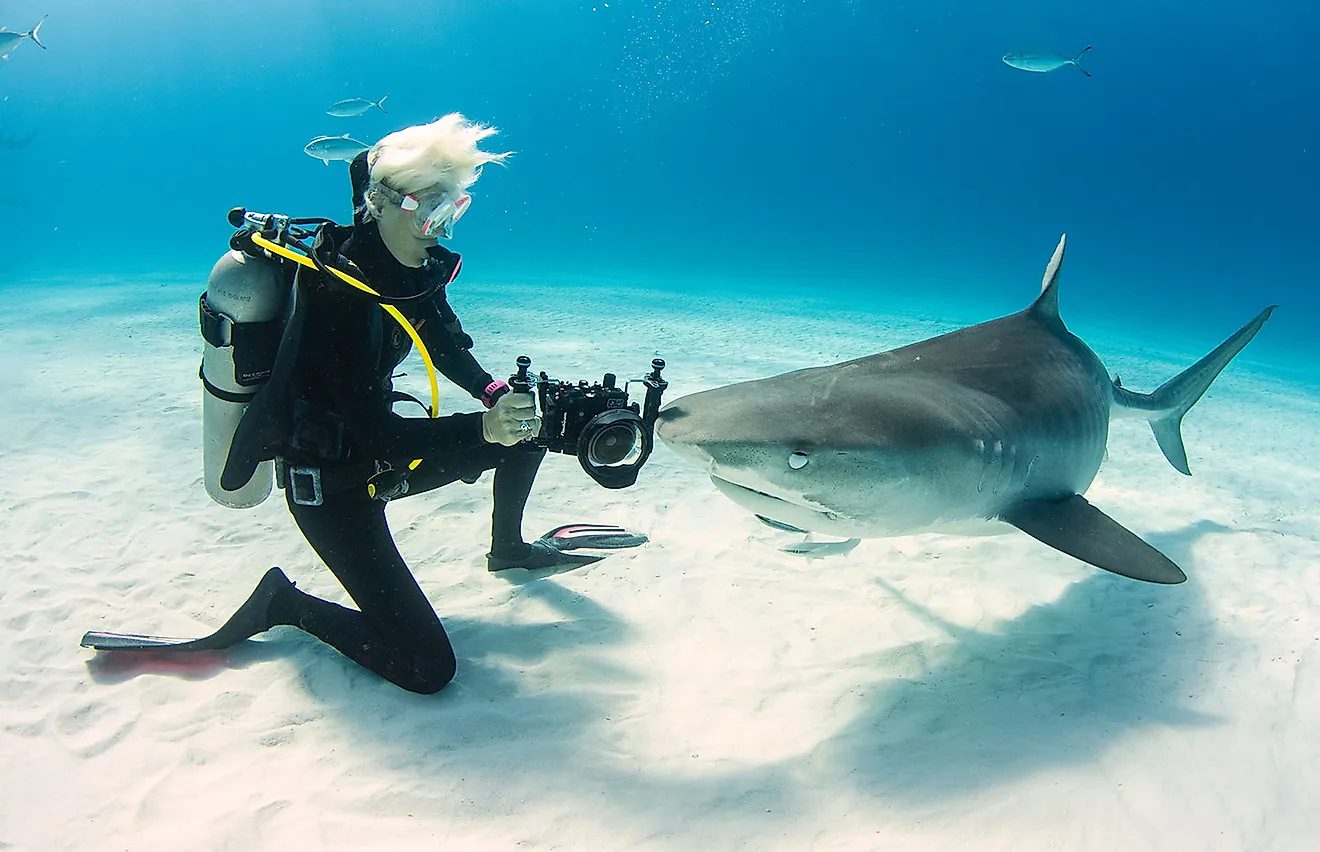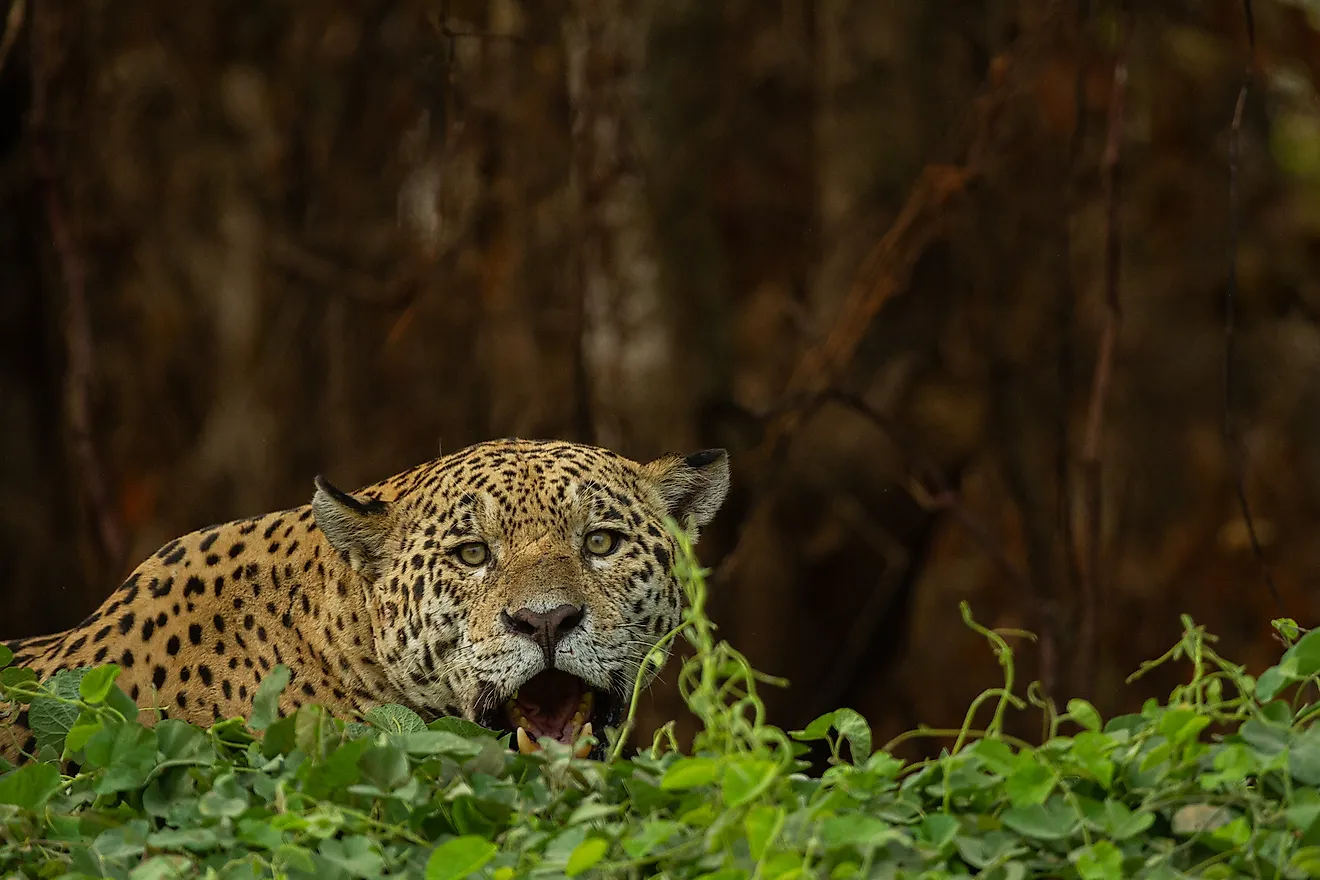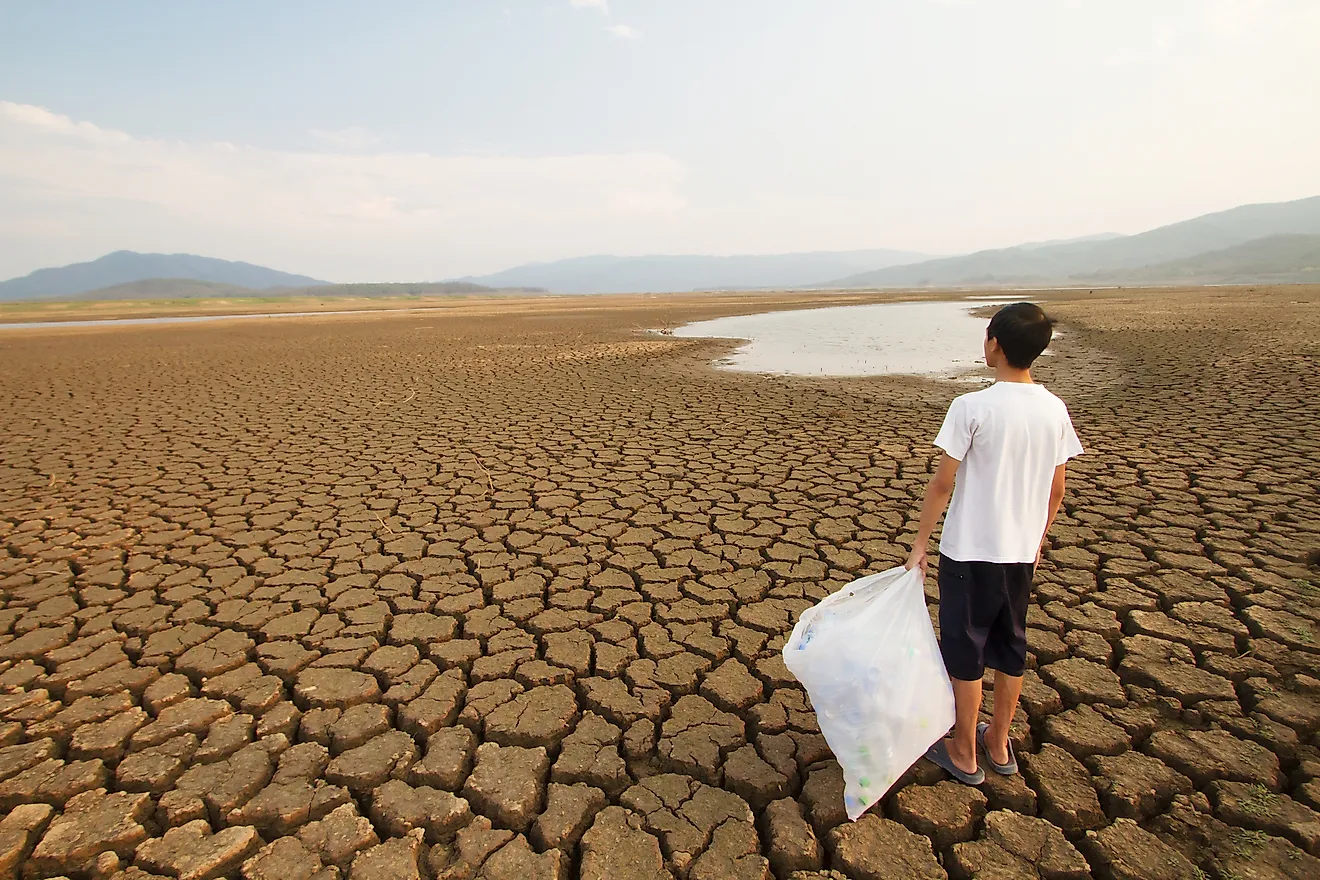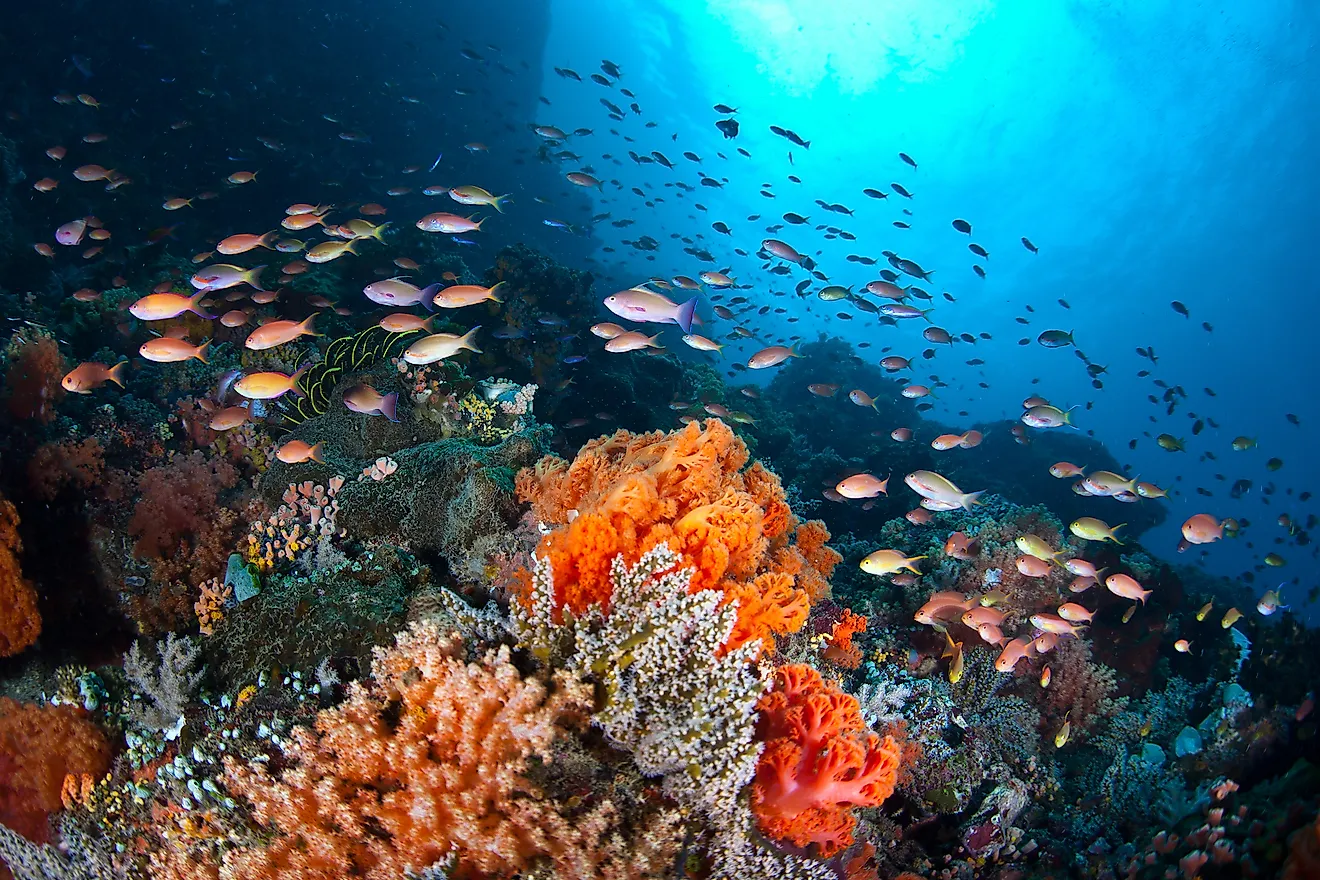Where Is The Mariana Trench and Challenger Deep?
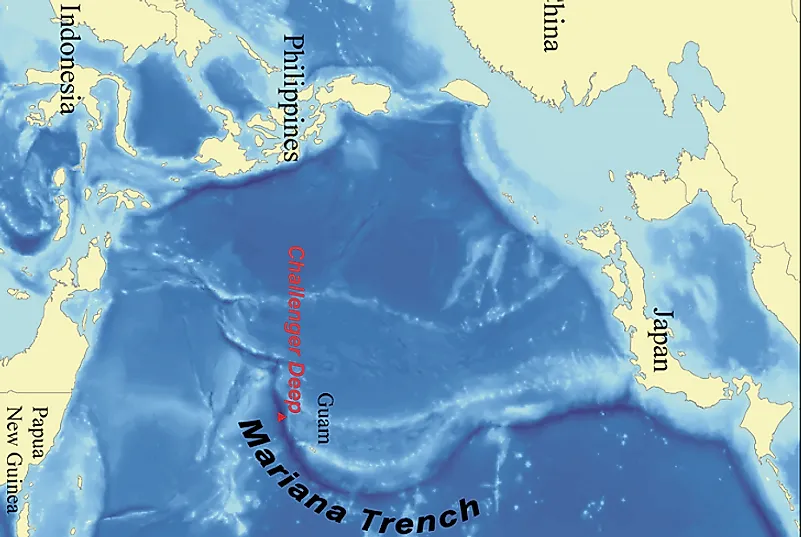
The Mariana Trench hosts the Challenger Deep, the deepest known part of all of the earth's oceans. Researchers are eager to learn more about it by way of scientific discovery, all the while calling for its protection and preservation. As they seek to better understand the Mariana Trench and Challenger Deep, could they help in future life-saving breakthroughs as well?
5. Description
The Mariana Trench is located in the Western Pacific ocean and east of the Philippines. The crescent shaped trench is about 124 miles east of Mariana Islands. According to the National Geographic, the Mariana Trench is over 1,500 miles long, and 43 miles wide on average. The trench’s deepest point is the Challenger Deep which according to the National Oceanic and Atmospheric Administration (NOAA) is 36,200 feet or about 11 kilometers in depth. The Challenger Deep is around 200 miles southwest of Guam, a U.S overseas territory. According to National Geographic, if Mount Everest was dropped into the Mariana Trench, its peak would still be 1.6 kilometers under water. That makes the Challenger Deep the deepest part of the earth’s oceans.
4. Historical Role

Depths of the Mariana Trench were first explored in 1875 by a British H.M.S Challenger ship during an oceanographic cruise. Scientists in the ship recorded a depth of about 8 kilometers using a weighted sounding rope, according to National Geographic. The Mariana Trench deepest point the Challenger Deep was named after the H.M.S Challenger ship. In 1951, the H.M.S Challenger II ship returned with an echo sounder and measured a depth of about 11 kilometers. Only two humans in history have descended into the Challenger Deep depths. In 1960, Jacques Piccard and Navy Lieutenant Don Walsh (pictured) managed this feat in 5 hours, in a U.S Navy submersible, a bathyscaphe called the Trieste. The two men spent about 20 minutes at the Challenger Deep but couldn’t take any pictures as silt was stirred by their movement, according to National Geographic. However their dive confirmed there was life at Challenger Deep since Piccard saw what he believes was a flatfish.
3. Modern Significance
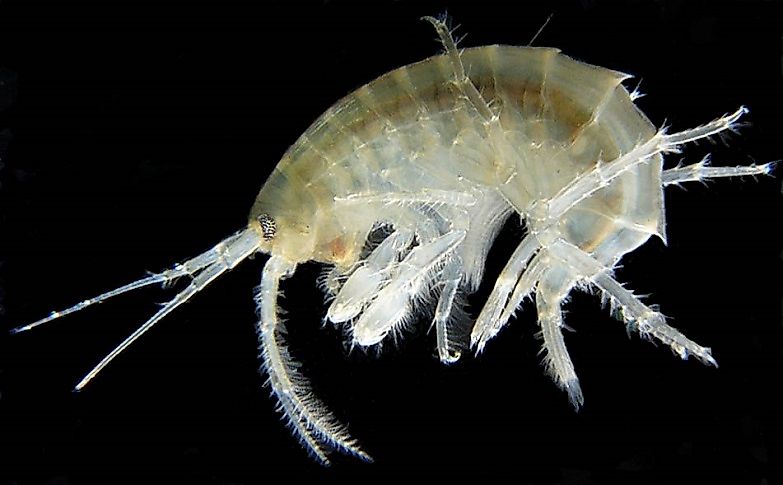
The U.S. government has designated the Mariana Trench a protected zone and a marine national monument, established by former President George W. Bush, in 2009. Scientific research is always ongoing at the Trench and authorized by the U.S Fish and Wildlife Service. Research permits for the Challenger Deep are awarded by the Federated States of Micronesia. Research conducted at the Challenger Deep and the Mariana Trench has led to discovery of unique organisms such as shrimp-like amphipods (pictured) and holothurians, which are strange, translucent animals, according to National Geographic. But scientists say there are many undiscovered species as well as their survival tactics in those extreme Challenger Deep conditions. Discovery of such microorganisms in the Mariana Trench scientists report, could lead to biomedicine and biotechnology breakthroughs. They could also shed light on early emergence of life in the planet. Also, studying the rocks at the ocean trenches could lead to a better understanding of earthquakes that cause the destructive Pacific Rim Tsunamis.
2. Habitat and Biodiversity
According to the U.S Fish and Wildlife Service, a mud sample taken from the Challenger Deep by oceanographers at Kaiko was observed and about 200 different microorganisms discovered. These microorganisms survive in an extreme environment, and are subjected to 16,000 pounds per square inch of hydrostatic pressure. The Ocean floor at Challenger Deep has biogenic pelagic sediment comprising of shells of microscopic plankton, animal (zooplankton), and plant (phytoplankton) plankton. The soft walled, single celled organisms in that mud sample are protists called foraminifera, and they construct the shells according to National Geographic. Slime molds and algae are other protists found at the Challenger Deep.
1. Environmental Threats and Territorial Disputes
No direct environmental threats have been reported on the Mariana Trench, but scientists nonetheless advocate for its protection. According to a study by a study by the University of California San Diego, deep oceans are not entirely immune to negative human activities. These activities include, destructive bottom trawling, overfishing, and garbage especially plastics which choke deep oceans organisms. Also climate change due to negative human activities like pollution through industries, affects even the deep ocean habitats and aquatic organisms. Besides having the deepest point of the world’s oceans, the Mariana Trench has unique organisms, rich biodiversity and an active volcano thereby scientists call for the need to preserve it, and the area around it.


